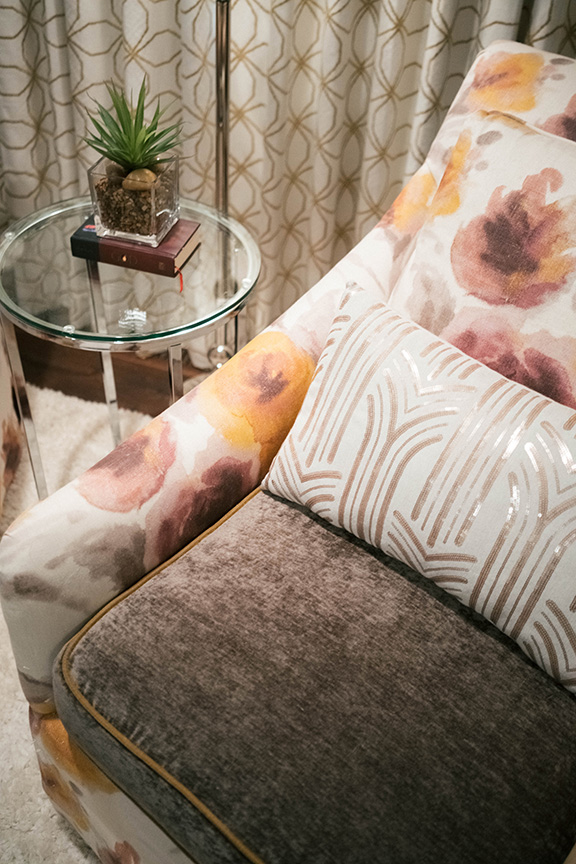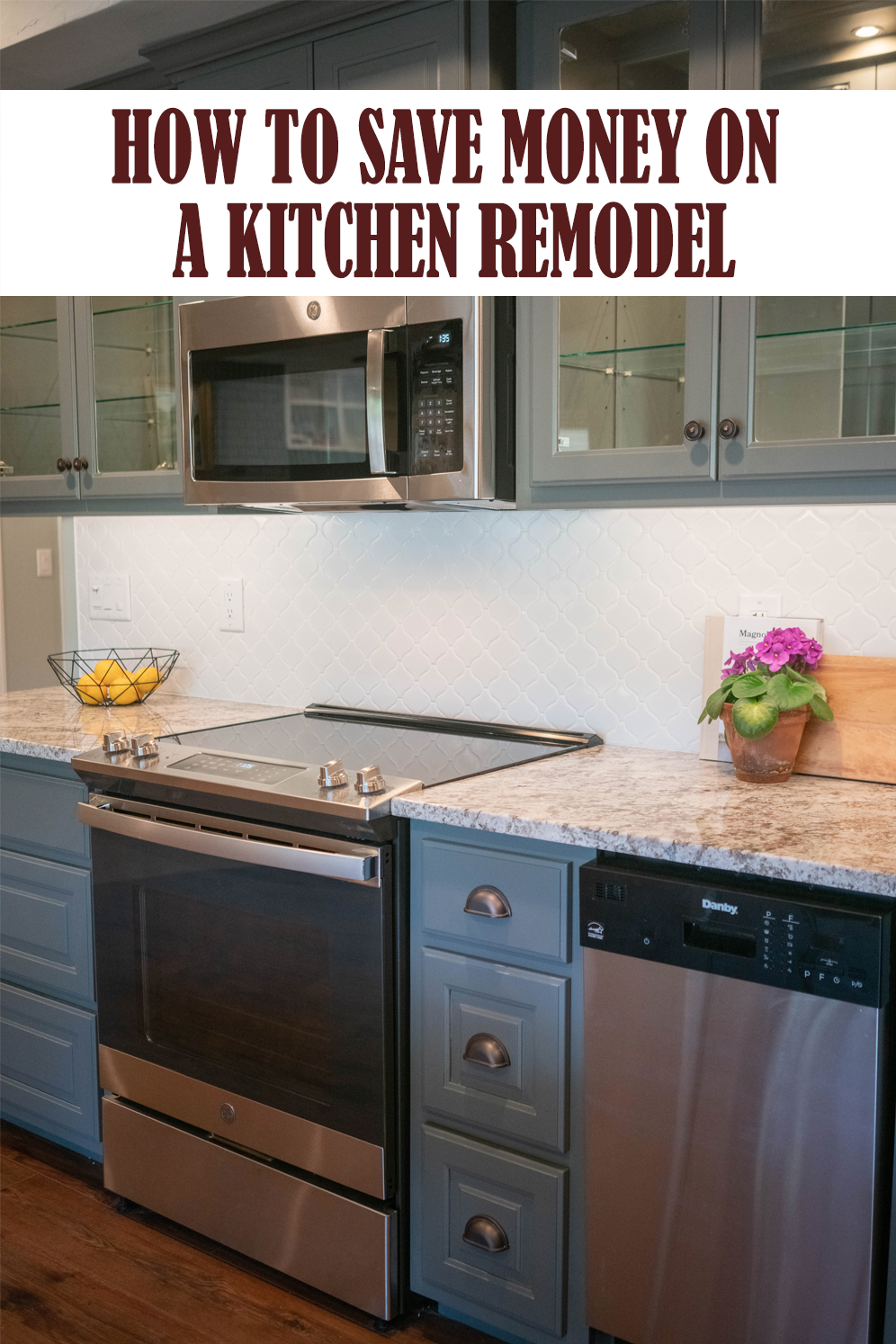2023 may be the first year after the height of COVID where we can see the light at the end of the tunnel. Design trends over the past few years have been closely tied to the immense changes in our priorities and day-to-day living. If there is a normal, it feels like we’re on the way back to it.
With that in mind, here are a few kitchen design trends that we think will be popular in 2023…
5 Things to Tell Your Painter Before He Begins
 Painting a room is one of the least expensive ways to make a huge impact on a room. However, not everyone is gifted with 1) time, or 2) a steady hand (think random blotches of red paint on a white ceiling…).
Painting a room is one of the least expensive ways to make a huge impact on a room. However, not everyone is gifted with 1) time, or 2) a steady hand (think random blotches of red paint on a white ceiling…).
When hiring a painter, the first thing you want to do is make sure he or she comes recommended from someone you trust. You want to be sure that this person is trustworthy, timely, clean and fair when it comes to pricing out the job.
Once you’ve found your painter and selected a paint color (…or hired a designer to do a color consultation…), there are five things you need to make sure you tell your painter before he begins, some of which may affect your project quote:
1) What sheen you want
Sheen is basically how shiny a paint is on the wall. Common sheens…from the least shiny to the most shiny…are matte, eggshell, satin, semi-gloss and gloss. Individual paint companies may have additional sheen options, so make sure to investigate where these fall in the shiny continuum.
Matte is often used on ceilings, but is also great for uneven walls as it hides imperfections better than others. However, the higher the sheen, the more able you’ll be to clean and scrub the wall without removing the paint.
2) What kind of paint you want to use
Most painters are loyal to a particular brand, either because they like how that product performs for them or they are contracted by that paint manufacturer. However, YOU are the end deciding factor on what paint you want to use. If you like Sherwin Williams more than Benjamin Moore because you feel the white base is crisper and makes the paint resemble the color swatch better, then tell him you want Sherwin Williams. If you are concerned about residual paint vapors in the house, tell him you want a low-VOC paint. And if you want a flat paint, but you want it durable enough to scrub, tell him that too. There are higher-quality paints that offer a variety of sheen & durability options.
3) Where to start & stop (especially if you have an open floor plan or are color-blocking)
Open floor plans are tricky when you are planning to accent one room from another. If you know where you want to end one color and start with another, place a piece of painters tape with the color name on it where the transitions meet to avoid confusion. It’s possible that the person who meets with you to bid the job is not the same person who will complete the work and it’s better to have your bases covered.
4) What additional work needs to be done to prep
Do you need to remove all the furniture in the room or will they do that for you? Do you have cracks or screw pops in your drywall that need to be repaired? Are there a water marks on the ceiling? Do you have fixed products like blinds or shades that require extra care and protection? Walk through and discuss all of these things with the paint contractor and make sure you come to an agreement on who is making repairs and prepping the room.
5) Request a walk-through before final payment
We all want to give a contractor the benefit of the doubt. However, people are people and sometimes things get missed, accidents happen, intent gets miscommunicated. Requiring a final walk-through before final payment increases the likelihood that someone will return to correct any issues. Discuss in advance what happens if something is broken or if there is paint on the carpet. These issues should be minimized if the contractor uses clean canvas drop cloths and high quality paint. And being bonded and insured should be a non-negotiable.
Are you needing a color update in your house?
Contact us to schedule a color consultation today!



